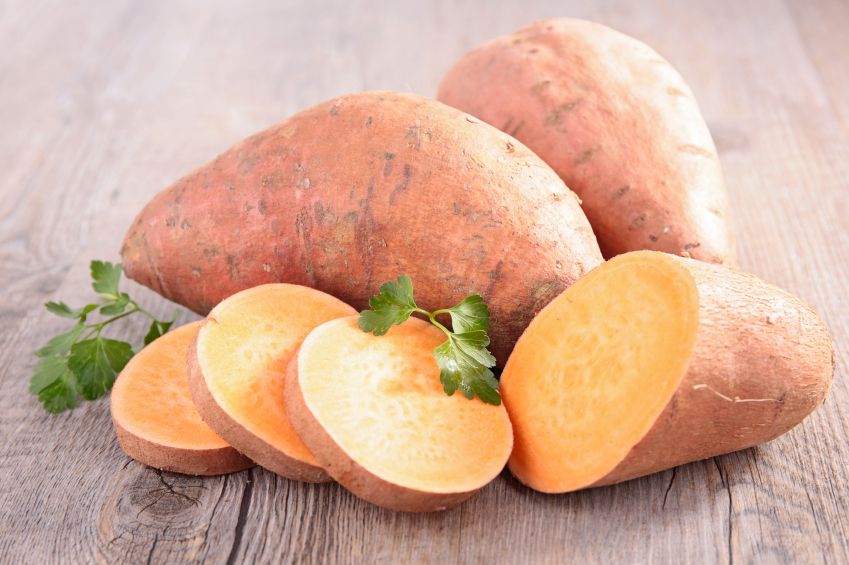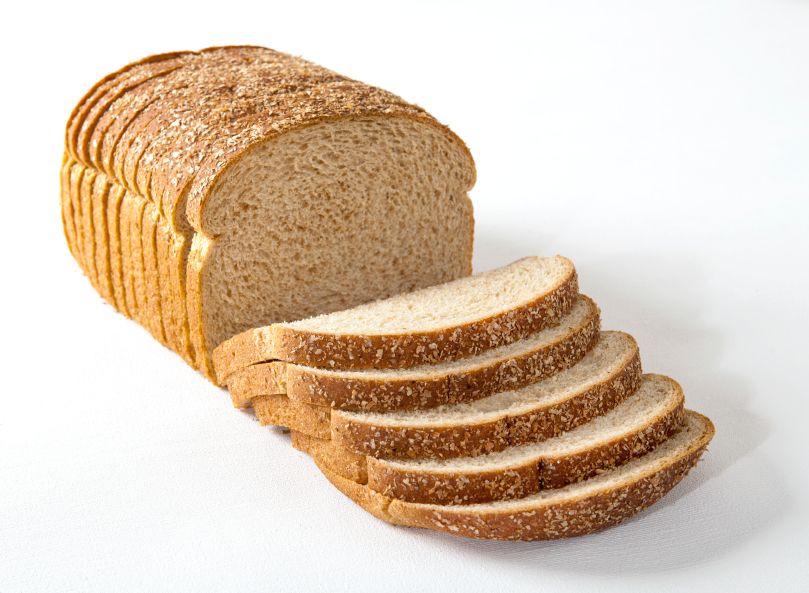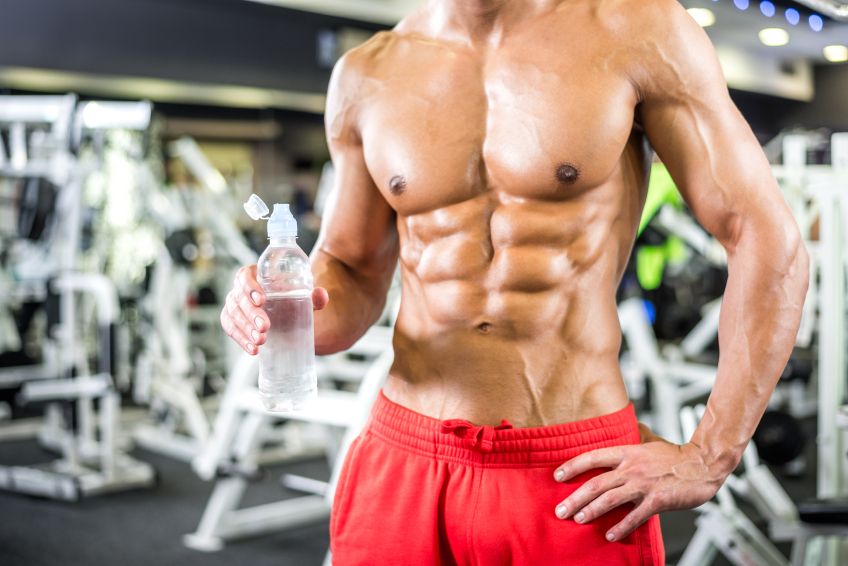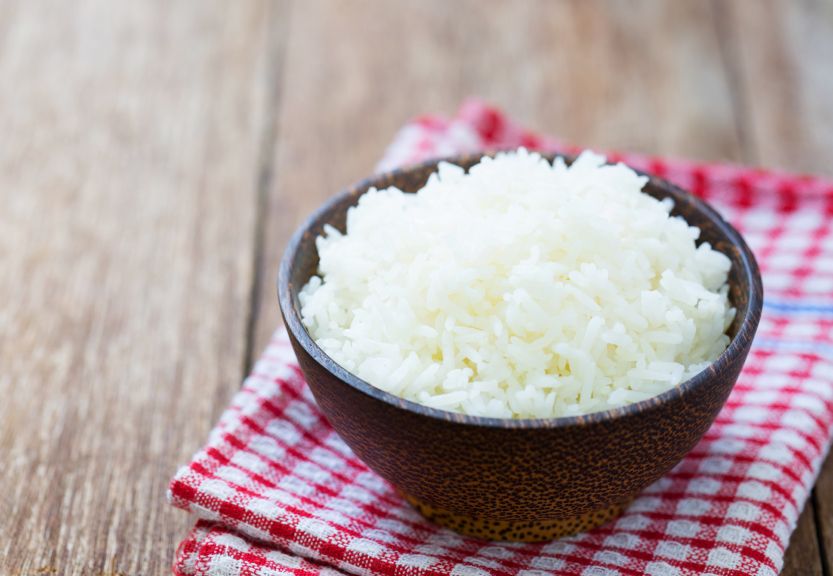‘Carbs are the devil, if you want to get lean’.
This is one of the biggest and most enduring myths in fitness.
We’ve all heard time and time again that ‘carbs are bad’ and it’s one of the main reasons so many people slog their guts out on low carb diets, which long term can slow down your metabolism and actually halt your fat loss.
But forget this tired old fallacy. If you use carbohydrates from the right sources, in the correct amounts and at optimal times it can be a potent tool to help you build muscle and burn fat.
Carb cycling is one method where you can manipulate your carb intake to do exactly this.
The central idea behind carb cycling is to fluctuate the amount of carbohydrates you take in day to day and week to week.
Think about it. Why would you want to eat the same volume of carbs on a huge leg session as when you were just training arms or even having a rest day?
Fundamentally this approach allows you to manipulate your body’s metabolic hormones to help you cut body fat.
Proponents of carb cycling believe this method is incredibly effective at getting clients lean. But there are people who feel this approach may not benefit everyone.
Every client is different, everyone’s body unique and every individual will thrive of an approach that is effective, sustainable and assimilates best to their own lifestyle.
So it is important to weigh up the benefits and pitfalls of this fat loss protocol and whether it is the right nutrition strategy for your body composition goals.
So how does carb cycling work, and what’s the science behind it?
Basically you fluctuate the amount of carbs you’re eating every day – so you switch between high carb, medium carb and low/no carb days. It’s devilishly simple in that on your high carb days you’re optimising for muscle building whereas you’re priming your body to burn fat on the low carb days.
This means that you’re never constantly low carb or high carb, but continually rotating which keeps your metabolism working optimally.
You rotate your carbs and then mainly keep your daily fat and protein intake constant. This means the overall number of calories you eat daily fluctuates– so have higher calories on training days and lower calories when you’re resting. But creating a calorie deficit over the week is crucial for losing body fat, so tracking your meals is key.
It basically all comes down to the way hormones work in your body. When you eat carbohydrate, sugar is turned into glucose and insulin is released to bring down your blood sugar levels.
It’s great after a workout because insulin shunts glucose and amino acids straight to your muscle. But when you’ve not trained and you eat carbs, insulin spikes and the body then stops burning fat and uses this glucose for energy instead. But if this glucose isn’t used up then it is stored as fat.
The beauty of carb cycling comes in right here and you can get the best of both worlds to accelerate muscle growth and fat loss.
So after training when you’ve hit a heavy session you want to harness the power of insulin by taking in carbs – fast.
Then when you’re not training you don’t want to spike insulin, so you go low carb (or certainly take in lower glycemic index carbs that keep bloody sugar steady).
This means that your body will switch to burning stored fat as a source of fuel.
So on your low carb day, when you wake up you only eat protein and fats – along with vegetables, which have a low glycemic index and won’t raise blood sugar levels and spike your insulin.
This works twofold. Firstly by not taking in any carbohydrates first thing in the morning in a fasted state, you are essentially making your body keep functioning off stored fat.
So just walking around, carrying out daily activities and doing any aerobic activity you will be burning fat. Because you’re not consuming any carbohydrates, you won’t spike insulin which we know is the storage hormone.
But also having protein – like steak – and good, healthy fats, like nuts, for the first meal of the day you are effectively programming neurotransmitters that control hunger, brain function, and overall energy levels.
It’s a morning meal popularised by the great coach Charles Poliquin.
But overall, carb cycling can also make dieting far more sustainable. We know that all (well, most) diets can work, it’s just a question of adherence. This diet is perfect for adherence over longer periods. You can have higher carb days which will keep restore your glycogen levels, keep your brain functioning well, keep hunger suppressed, maintain your performance levels in the gym and generally keep you sane.
But it also stops your body from thinking it is starving and so cutting your energy expenditure and slowing your metabolism down (a process known as adaptive thermogenesis).
While the science of carb cycling is certainly effective for fat loss, it might not be the best approach for everyone.
For people with a considerable amount of body fat to lose, just a simple diet with a calorie restriction of say 500 calories a day might be more straightforward and equally effective for fat loss – at least initially.
When starting out on a fat loss journey, people will lose weight and fat fairly quickly and consistently, particularly when cleaning up their diet, introducing a modest calorie deficit and increasing their training volume or intensity.
A more advanced method like carb cycling may not be necessary until further down the line when more nuanced or reactive fat loss techniques may need to be employed when progress slows.
It can also be argued that many people simply don’t work as well fuelled by carbohydrates – or they certainly need to take steps to function better on them.
Insulin sensitivity is key to being able to effectively deal with carbs and absorb nutrients – if you’re insulin resistant you’re going to struggle getting lean eating more carbs.
For anyone with poor insulin sensitivity, this is where following a Paleo, Ketogenic or Atkins-style diet might be favourable – at least initially – for body composition.
Cutting carbs down or out completely for a period with mean their body will be able to utilise and function better with carbs in the longer term, which would then make carb cycling more effective.
Catch up with the latest episode of Football Friday Live:













































